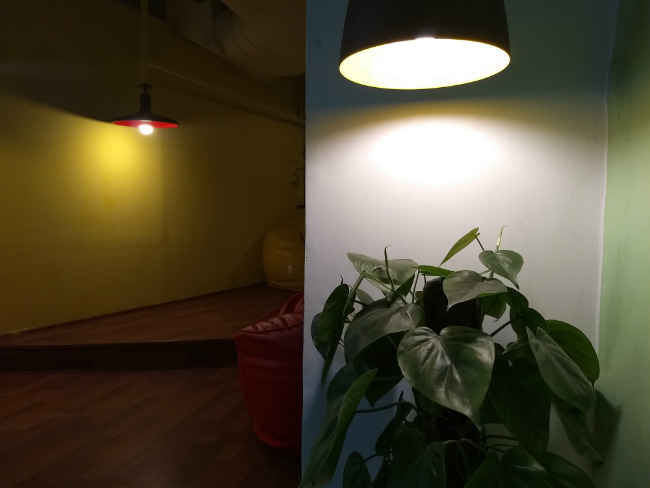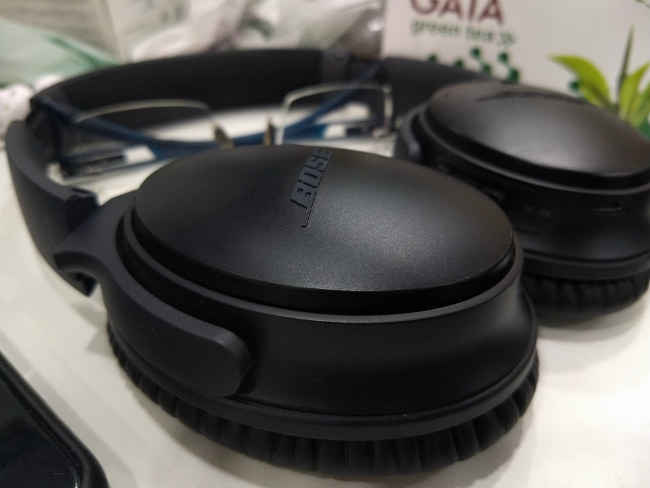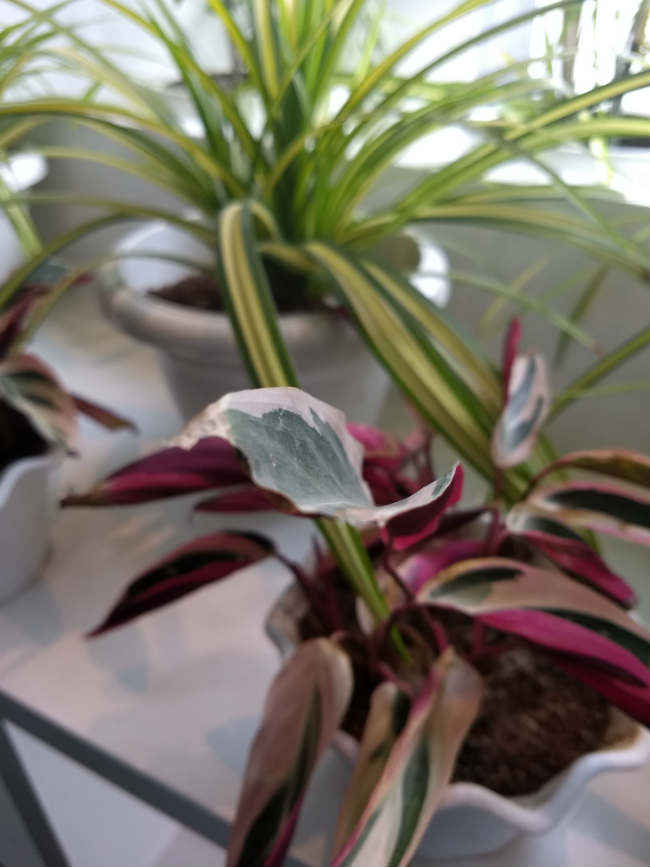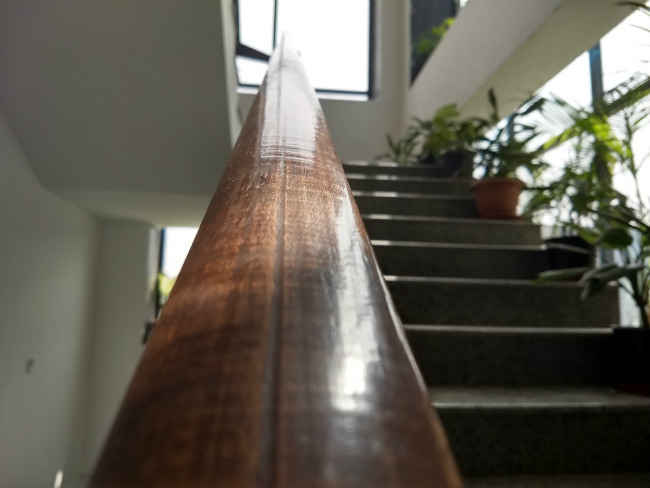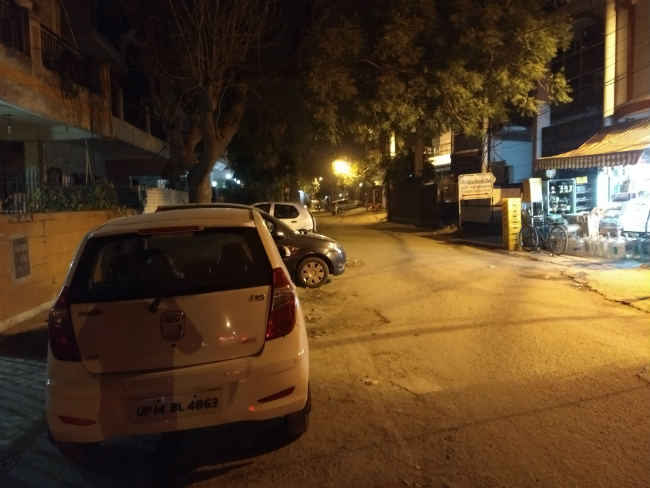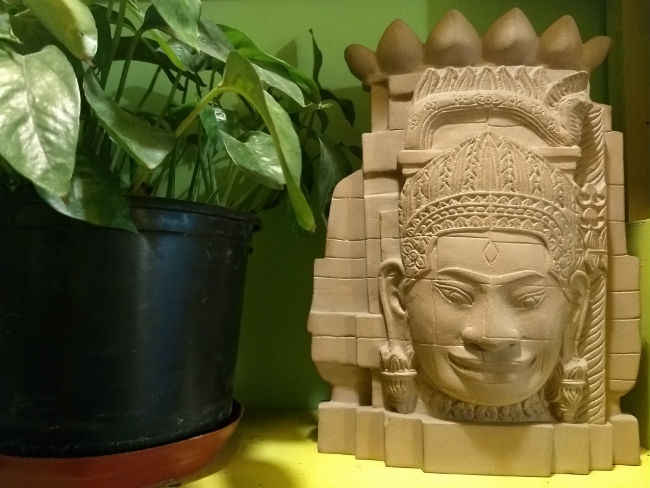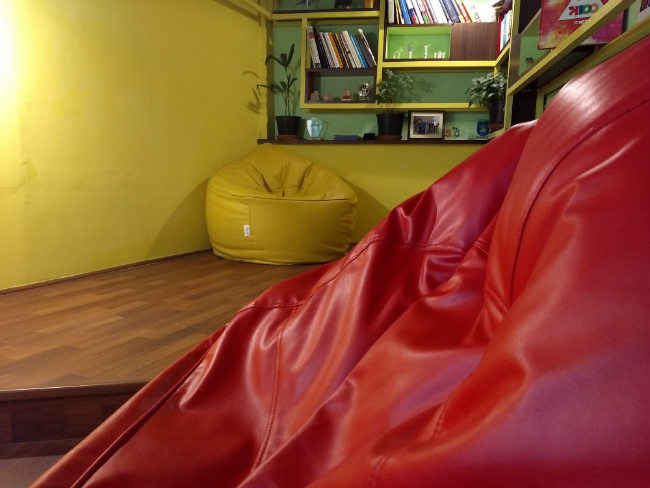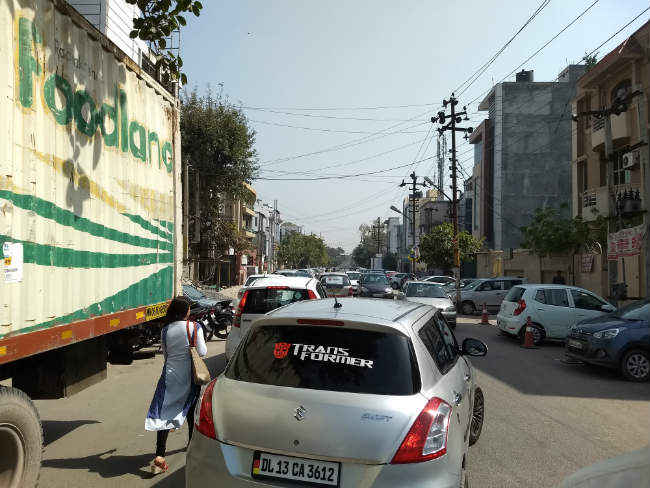Moto G5 Plus camera: Comparison and in-depth analysis
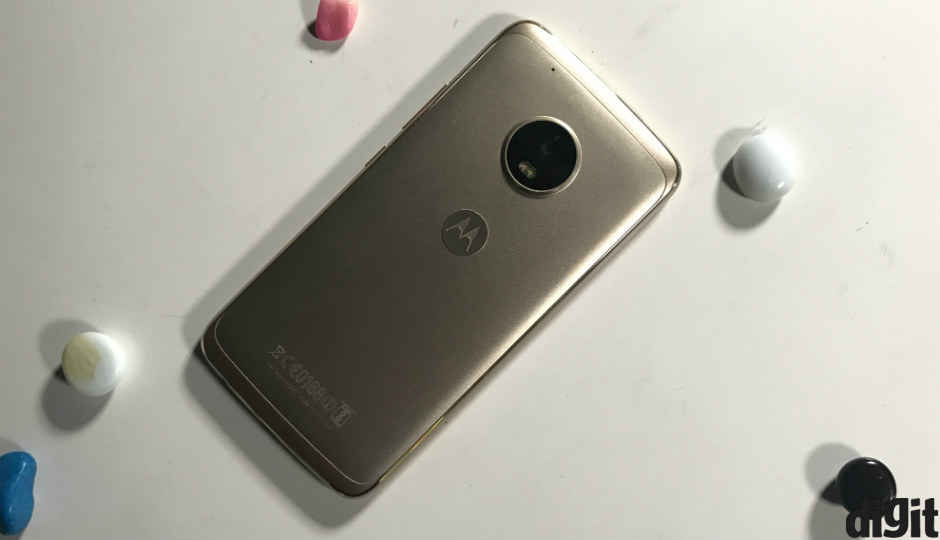
By introducing a dual-pixel sensor in the Moto G5 Plus, Moto has posed serious competition for the reigning budget smartphone cameras.
The Moto G5 Plus has just been launched in India, at a competitive price beginning at Rs. 14,999. Of other aspects, its camera is receiving much focus. Powered by a dual-pixel image sensor and an f/1.7 lens, the Moto G5 Plus presents similar camera specifications as the Samsung Galaxy S7/S7 edge, and is quite formidable on paper.
In our extensive test, it is safe to state that the Moto G5 Plus is the new best smartphone camera in the sub-20k price range. It offers good colour performance, along with commendable dynamic range and fairly smooth HDR photography. However, there are a few niggles along the way, leading to a few things to talk about. Here’s looking at the Moto G5 Plus’ camera in more detail.
Colour, contrast, saturation and white balance
The Moto G5 Plus shows slight tendency to spike warmer tones such as reds and deep purples. However, what is good to note is that it does not unnaturally focus on reds and warm frequencies as the Samsung Galaxy S7 would. Yellows appear bright and warm, retaining good colour accuracy. Greens and blues, in turn, appear bright and vibrant. All of this leads to very good colour performance, in most environments.
At night, however, the camera does tend to post desaturated colours, and this is where the Moto G5 Plus falls behind the Samsung Galaxy S7. It is still among the best in this segment, and much of this is owing to its algorithms that balance colours, contrast and white balance quite accurately to source.
In most conditions, the Moto G5 Plus camera shoots photographs with taut contrast levels, which combine with the good colour reproduction to create sharp photographs. There is a slight hint of oversaturation in the colours, but this does not disturb the compositions. Instead, it contributes to the vibrancy of the subjects that are being shot, and this coupled with good colours and apt contrast levels create impressive photographs.
The white balance algorithms work fairly well, particularly in daylight conditions, creating true-to-source photographs. At night or in dimly lit areas, the Moto G5 Plus tends to pick up the dominant light source and not the overall ambience as the metric, which in turn leads to more accurate white balance in photographs. It is only in warm environments that the Moto G5 Plus shoots warmer photographs than the ideal, leading to a dominant warm tone to shades.
Good dynamic range of colours lead to more detailed shadows, greater colour accuracy and more intricate colour shades. This is particularly evident when you shoot photographs with a vibrant range of colours such as landscapes and a colour ensemble of objects.
To sum up, the Moto G5 Plus produces the best colour details among smartphones in the sub-20k price category, with good accuracy, impressive dynamic range, good contrast and slightly high saturation, along with accurate white balance. You also get a Professional Mode to tweak shutter speed, focus and white balance with certain presets, which we talk about later.
Sharpness and details
This is something of a mixed bag. While the Moto G5 Plus aces the most crucial elements of smartphone cameras, i.e. good colours, it does lose out on finer details. It still matches or betters details produced by the better smartphone cameras in this segment like the Honor 6X, but the predominantly better details are produced mostly in well-lit areas.
There is a noticeable lack in terms of details, with coarse details appearing slightly blotched, and finer details visibly compromised. This, however, becomes evident when you crop into frames, as we get to see in many of the photographs that we have shot in the past few days. Sharp edges look soft, and intricate details look rather loose, even at ISO 100 in manual mode in bright areas and high shutter speed.
(above) Honor 6X, (below) Moto G5 Plus
Sharpness, as a result, does tend to suffer, particularly in low light conditions. Objects tend to appear slightly soft, and sharp edges in particular are noticeable. However, what is impressive is that even at higher noise, the Moto G5 Plus does not massively compromise on details, retaining them better than what other smartphone cameras at this range do.
Autofocus
Advertised with a Dual Pixel image sensor, the Moto G5 Plus had high expectations. The Dual Pixel technology essentially uses all of the pixels on the sensor for phase detection autofocus instead of the select on-chip phase detection pixels as most sensors use, and is aimed at significantly faster phase detection autofocus performance. Although focusing in auto or manual modes are accurate, they are not strikingly fast.
This is one aberration that was unexpected here, and as a result, leads to missed or blurred shots while capturing fast-moving objects. This also affects at night, where the Moto G5 Plus takes even more time to lock focus on subjects. For the average shooter photographing everyday situations, the Moto G5 Plus camera is fast enough, and in what is appreciable, is fairly accurate. The fast, f/1.7 lens can produce better soft backgrounds when shooting macro, and looks more optically produced than the software-induced bokeh produced by Honor 6X and Coolpad Cool1.
Autofocus performance, as you would find, is alright for everyday shooting, but for professional shooters, the Moto G5 Plus may seem a tad slow. It is, however, still among the fastest shooters in this category.
Image noise and ISO performance
Image noise production is well in order, and the Moto G5 Plus keeps any incidental noise at bay when you shoot in well-lit conditions. ISO levels are constantly kept with 100 in auto mode, which goes up as your ambient light decreases. Even in low light conditions, the ISO levels fall somewhere around the ISO 1000 mark, and only once did we spot it go above ISO 2000, in very dim, warm indoor light.
On overall terms, the Moto G5 Plus produces fairly clean photographs in most conditions, only spiking up noise levels in low light. The G5 Plus camera’s image noise looks rather soft, as against the coarse grains that the Honor 6X tends to produce. Despite that, it is still among the best in its class.
Bottomline
The Moto G5 Plus is the best smartphone camera in the sub-20k price range. It produces best-in-class colours and dynamic range, along with acceptable overall details and composition. Despite the Dual-Pixel sensor, however, it is a bit slow to focus, which pegs it back a bit.
For most smartphone photographers, however, the Moto G5 Plus aces the most crucial elements pertaining to smartphone cameras, and this optimisation is what sets the Moto G5 Plus apart.
More samples photos

